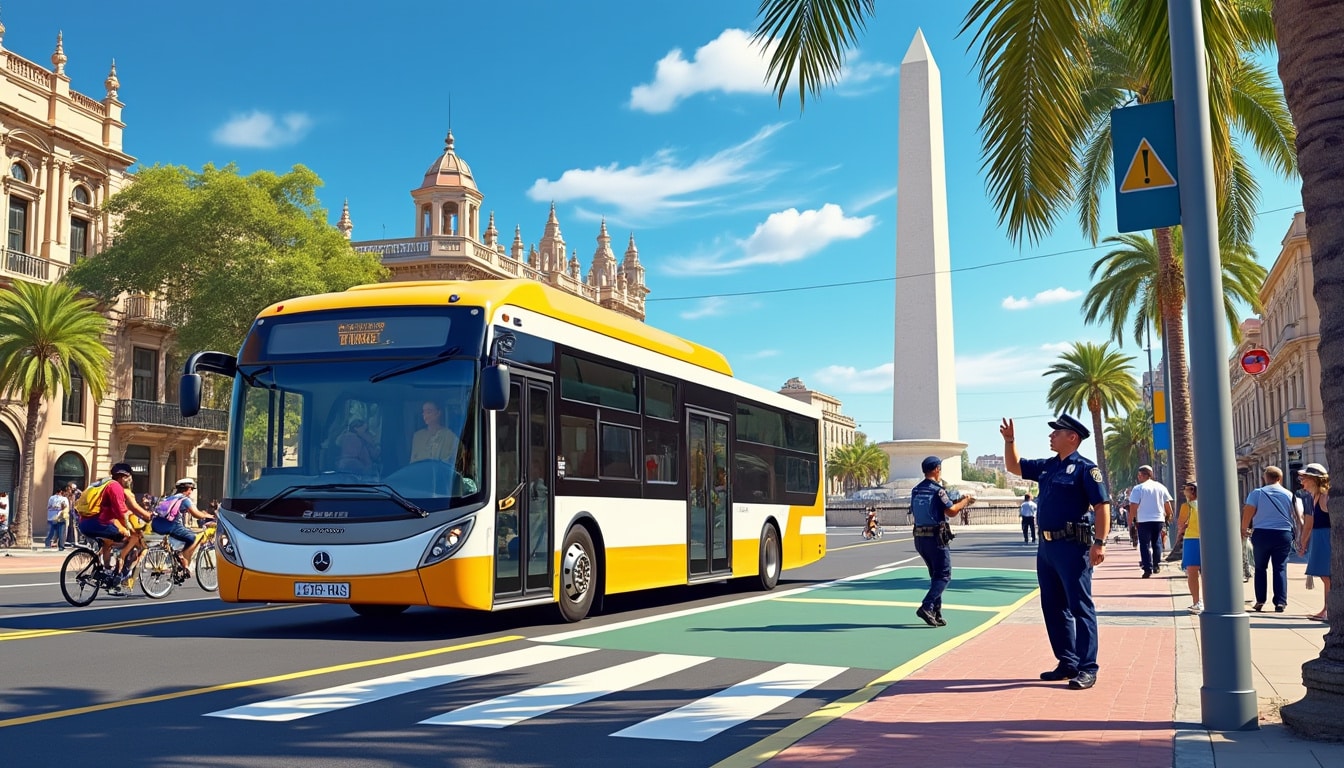With its rich cultural tapestry and dynamic urban landscape, Buenos Aires entices travelers and newcomers alike. Yet, as with any bustling metropolis, queries about safety naturally arise, particularly concerning transportation. From the vibrant streets of Palermo to the historic charm of San Telmo, understanding the intricacies of getting around safely in Buenos Aires is paramount. This guide delves into the essentials, providing detailed insights and practical advice to help both visitors and residents navigate the city’s vast transport network with confidence.
Public Transportation: Navigating the Subte and Buses Safely
Buenos Aires boasts a comprehensive public transportation system, featuring the subway, known locally as the Subte, and an extensive network of buses or colectivos. These services are both affordable and efficient, making them popular choices for locals and tourists alike. However, as with any major city, there are key safety considerations to keep in mind when using public transit in Buenos Aires.
The Subte, with its colorful lines snaking beneath the city, is an excellent option for getting around quickly. Operating from early morning until late at night, it connects various neighborhoods, easing the challenge of city commutes. Despite its efficiency, peak hours often lead to overcrowding, creating an ideal environment for pickpockets. Travelers should keep their belongings secure and avoid using mobile phones in crowded spaces.
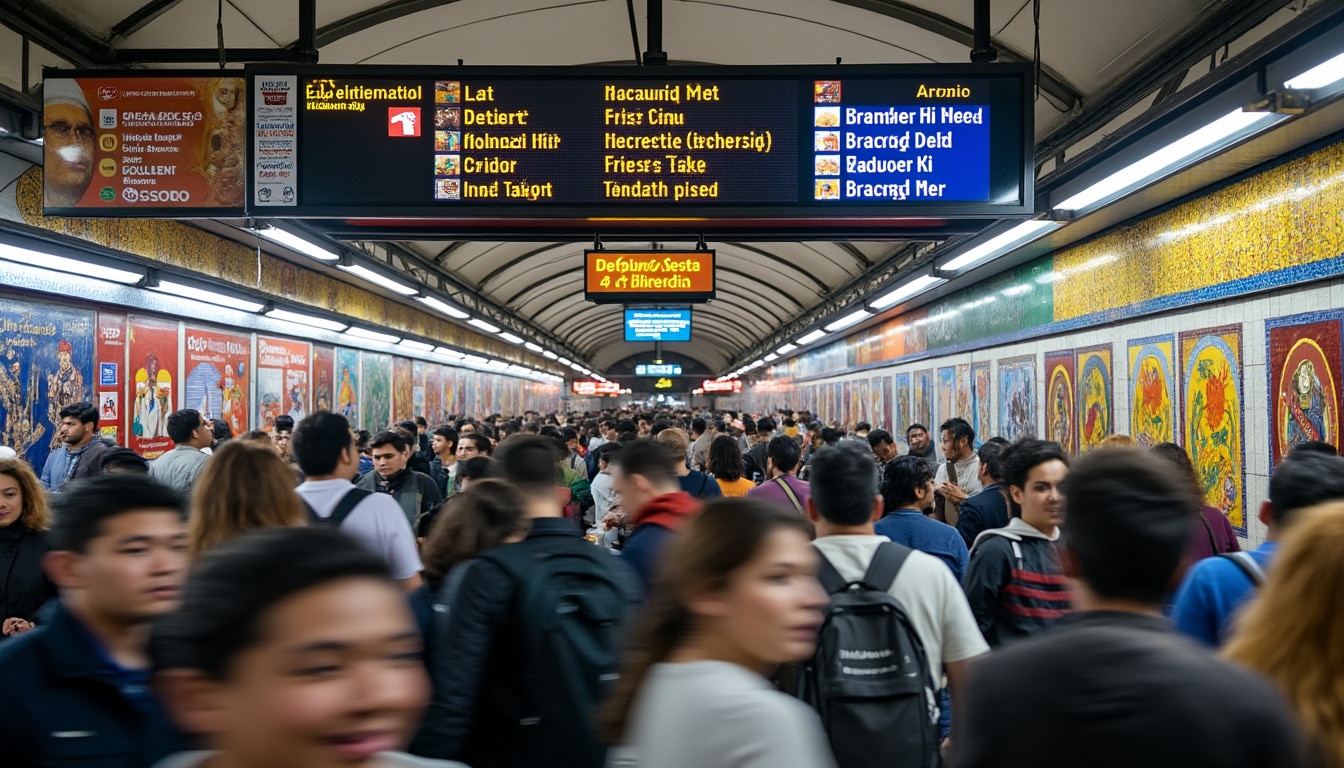
When it comes to buses, which crisscross the city day and night, safety concerns such as theft can arise, especially at busy stops. To mitigate this risk, travelers should use the contactless SUBE card for payments and always be mindful of their surroundings. Awareness is key, particularly when boarding or alighting as buses are often the target for the infamous motochorros—robberies involving motorcycles.
For added assurance, consider using reliable transportation apps like Citymapper to plan your routes effectively. Stay updated on service schedules and potential disruptions via the official Subte websites or their applications, ensuring your travel through Buenos Aires remains as seamless and secure as possible. Embracing these precautions allows exploration of the city’s vibrant districts with peace of mind.
Choosing Taxis and Ride-Sharing Services Wisely
When considering ground transportation in Buenos Aires, taxis and ride-sharing services offer a convenient alternative to the city’s public transport. However, choosing safe and reliable options is crucial to ensuring a stress-free journey. The city offers multiple taxi services, including traditional street-hailable taxis, recognizable by their black-and-yellow colors, and more secure radio-dispatched options known as BA Taxis. Opting for the latter or pre-booked Remis cars can offer enhanced safety and assurance, particularly during night travel.
Ride-sharing services such as Uber, Cabify, and Bolt also operate extensively in Buenos Aires. These platforms provide the benefit of tracking your journey and cashless transactions, adding an extra layer of security for travelers. It is advisable to verify the driver and vehicle details through the app before embarking on your trip, ensuring they match the information provided.
- 🛡️ Always wait for taxis or ride-sharing services in well-lit, populated areas.
- 📱 Use apps to share your ride details with friends or family for added security.
- 🚖 Confirm the vehicle’s license plate and driver’s identification before entering.
- 🔒 Prefer cashless payments to minimize the risk associated with carrying cash.
In addition to local taxi services, cross-border platforms like Lyft and Santiago’s Transport may appear in adjacent regions, offering diverse options for longer routes or inter-city travels. Utilizing these services wisely can significantly enhance your safety while providing flexible and convenient travel experiences within and beyond Buenos Aires.
Walking and Biking: Exploring Buenos Aires on Foot and Wheels
Exploring Buenos Aires on foot or by bicycle is a delightful way to experience the city’s charm. However, pedestrians and cyclists should be aware of certain safety measures specific to Buenos Aires’ streets. The city’s layout, with its wide avenues and vibrant neighborhoods, like the upscale Recoleta and trendy Palermo, offers much to see, but also requires vigilance.
When walking, it’s imperative to stay on well-lit streets and avoid areas notorious for higher crime rates, especially after dusk. Neighborhoods like La Boca should be visited during daylight hours and tourists should stick to more populated and frequently patrolled routes. Additional caution is advised around busy intersections, such as Avenida 9 de Julio, a known hotspot for petty crimes targeting distracted pedestrians.
Biking in Buenos Aires can be an exhilarating experience. The city’s bike share program offers accessible rental services, but much like walking, cyclists must remain wary of traffic and potential hazards. It’s advisable to use designated bike lanes and to be extra cautious during rush hours when roadways are congested.
- 🚴 Always wear a helmet for protection.
- 🛡️ Lock bikes securely when not in use.
- 🔆 Use lights and reflective gear when biking at night.
- 🚦 Signal clearly to indicate movements to drivers.
Whether on foot or bicycle, understanding the lay of the land and adopting these simple precautions can make traversing Buenos Aires both safe and immensely rewarding.
Understanding Crime and Safety Measures in Various Neighborhoods
The diverse neighborhoods of Buenos Aires each boast their own unique charm and character, but they also vary in safety. Areas like Recoleta and Belgrano are among the safest, known for their affluence and aesthetic appeal. These districts are well-patrolled and offer ample amenities for both tourists and locals. Conversely, neighborhoods such as La Boca and certain parts of San Telmo present more challenges, particularly after dark.
It’s essential to remain cognizant of one’s environment, particularly in areas prone to theft. The increase in police presence in tourist hotspots and improved street lighting have contributed to enhanced safety in many areas. However, it is advisable to avoid engaging with street vendors or performers who approach aggressively, as these can sometimes be a precursor to scams or pickpocketing attempts.
When assessing the cityscape, it’s important to be aware of demonstrations or political gatherings, common in the vibrant political culture of Buenos Aires. While generally peaceful, they can occasionally disrupt traffic and affect local transportation. Travelers can stay informed about potential disruptions through local news outlets or online platforms focused on Buenos Aires safety, continuing to explore the city without unnecessary concern.
Neighborhood Crime Data
| Neighborhood | Safety Rating (1-10) | Notable Safety Features |
|---|---|---|
| Recoleta | 9 | Heavy police presence, high-end stores |
| Palermo | 8 | Well-lit streets, numerous cafes |
| La Boca | 5 | Tourist police stations, vibrant cultural sites |
| San Telmo | 6 | Historical areas, active public squares |
Understanding the diverse safety profile of Buenos Aires neighborhoods can help residents and visitors alike to plan their journeys optimally, enjoying the city’s bountiful offerings while minimizing risk.
Utilities and Emergency Services: What You Need to Know
When navigating Buenos Aires, being familiar with local utilities and emergency services can significantly enhance personal safety. With standard procedures in place, knowing who to contact and how to act in unexpected situations provides peace of mind for both newcomers and seasoned residents.
- 📞 For police assistance, dial 911, ensuring quick responses across Buenos Aires.
- 🚑 The medical emergency service can be reached at 107 for urgent health-related situations.
- 🗺️ English-speaking support is accessible via the Tourist Police at +54 9 11 5050 3293.
- 📧 In case of serious issues, foreign nationals should contact their respective embassies.
Whether you’re grappling with a medical emergency or theft, Buenos Aires offers comprehensive services to assist. Residents and tourists alike can rely on partnered applications for taxi services, like BlaBlaCar, to traverse the city with added security. Tap into the community through trusted social platforms that discuss Buenos Aires safely, and continue to enjoy the magic of Argentina’s capital, armed with the right information.
Water Safety & Hygiene
The quality of basic utilities such as tap water is also a concern for many travelers. In Buenos Aires, tap water is generally safe to drink, aligning with global water quality standards. Advised caution in rural areas by opting for bottled options enhances personal safety. Travelers can check for local hygiene best practices for staying healthy in Buenos Aires to enjoy a worry-free visit.
Frequently Asked Questions (FAQs)
- Is it safe to drink tap water in Buenos Aires? Yes, the tap water in Buenos Aires is safe to drink, but if traveling to rural areas, stick to bottled water.
- What should I do if I encounter a robbery? Contact the police immediately at 911 and report to the Tourist Police if assistance in English is needed.
- Are ride-sharing services like Uber available in Buenos Aires? Yes, services including Uber, Cabify, and Bolt are widely available and provide safe transportation options.
- How can I stay safe from pickpockets? Keep valuables secure, avoid displaying electronics in public, and remain vigilant in crowded areas.
- What neighborhoods should I avoid at night? Avoid La Boca and less crowded parts of San Telmo at night, and remain cautious around railway stations like Retiro.
By embracing these safety insights and practices, Buenos Aires becomes not just another city to visit but an exceptional cultural hub to be thoroughly enjoyed. The right knowledge and vigilance enhance every metropolitan adventure, ensuring unforgettable moments in the heart of Argentina.

Buenos Aires, often referred to as the “Paris of South America,” boasts a mix of European grandeur and Latin flair that attracts millions of visitors each year. With its tango-filled nights, mouth-watering cuisine, and rich cultural tapestry, the capital of…
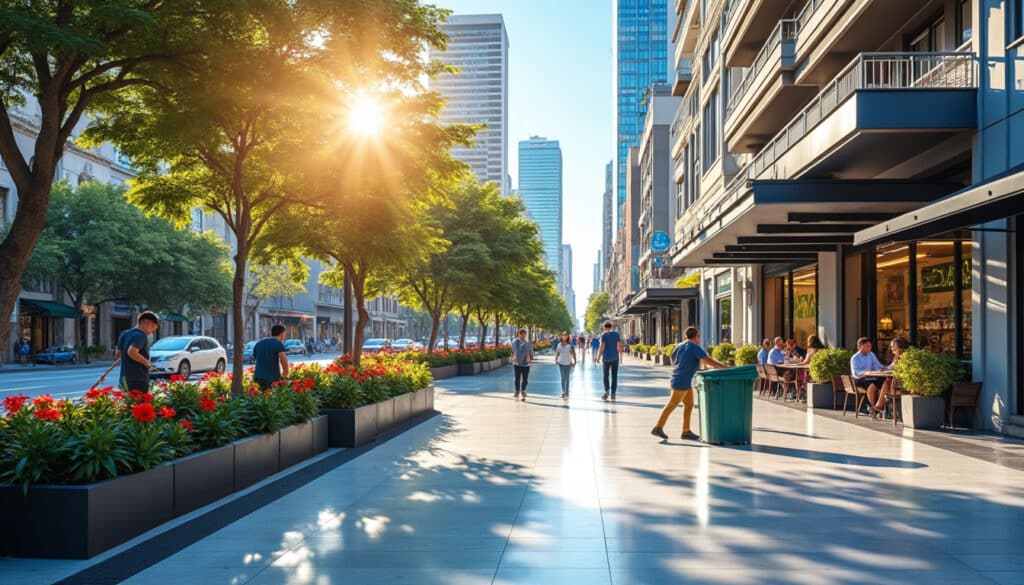
Cleanliness and hygiene in Buenos Aires
Renowned for its vibrant culture and rich heritage, Buenos Aires continues to maintain the charm that draws countless visitors to its streets each year. However, the city’s allure is accompanied by ongoing efforts to ensure cleanliness and hygiene in its…
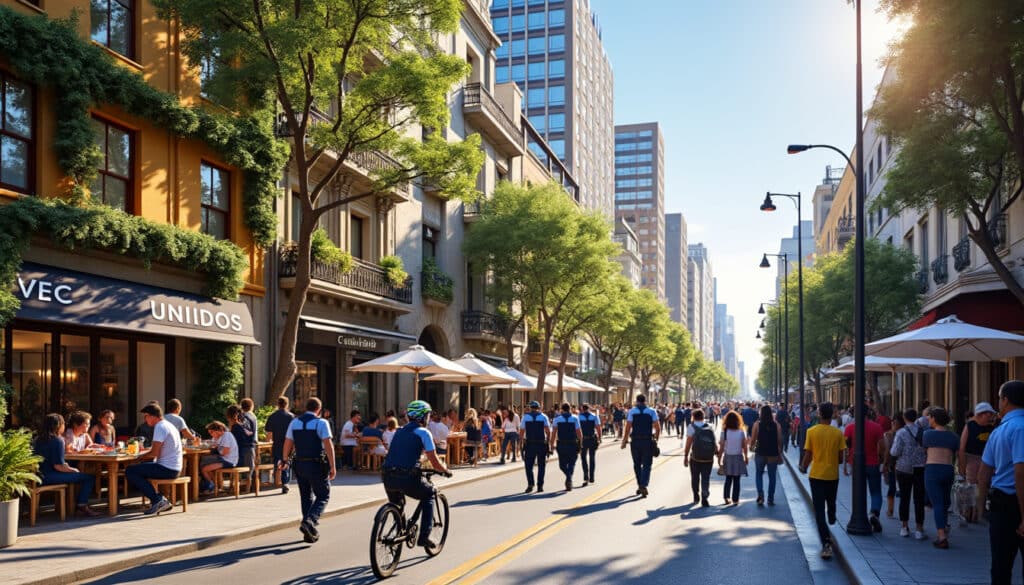
General safety in Buenos Aires
With its enchanting blend of European elegance and vibrant Latin American culture, Buenos Aires stands as a beacon of allure for travelers across the globe. As visitors meander through its tree-lined avenues, dance to the tango rhythm in its plazas,…
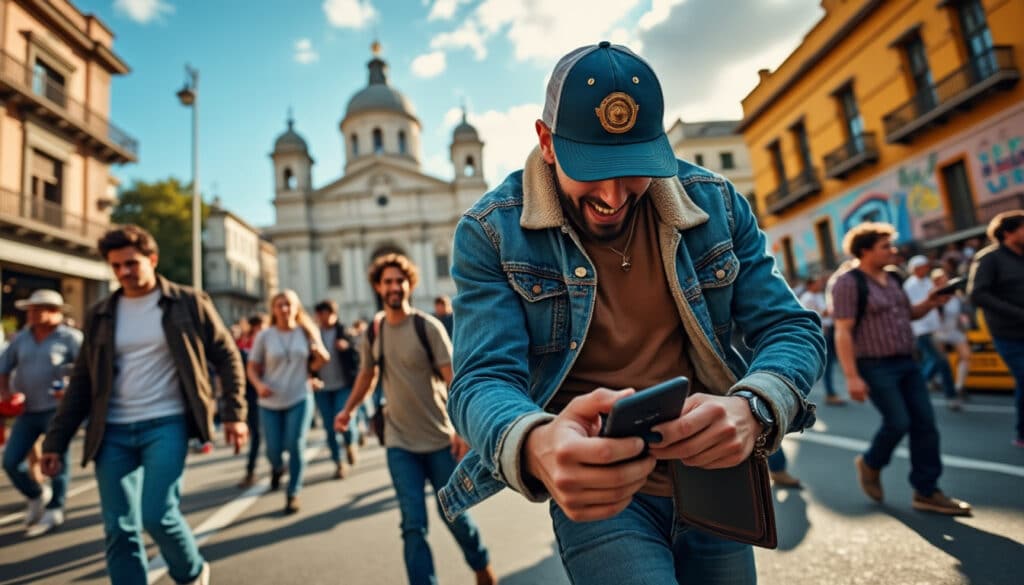
Pickpocketing and theft in Buenos Aires
Picture this: Buenos Aires, a dazzling tapestry of tango, tantalizing cuisine, and eclectic architecture. 🇦🇷 This thriving metropolis is a melting pot of cultures, yet beneath its vibrant charm lies an ever-present issue faced by locals and visitors alike—pickpocketing and…
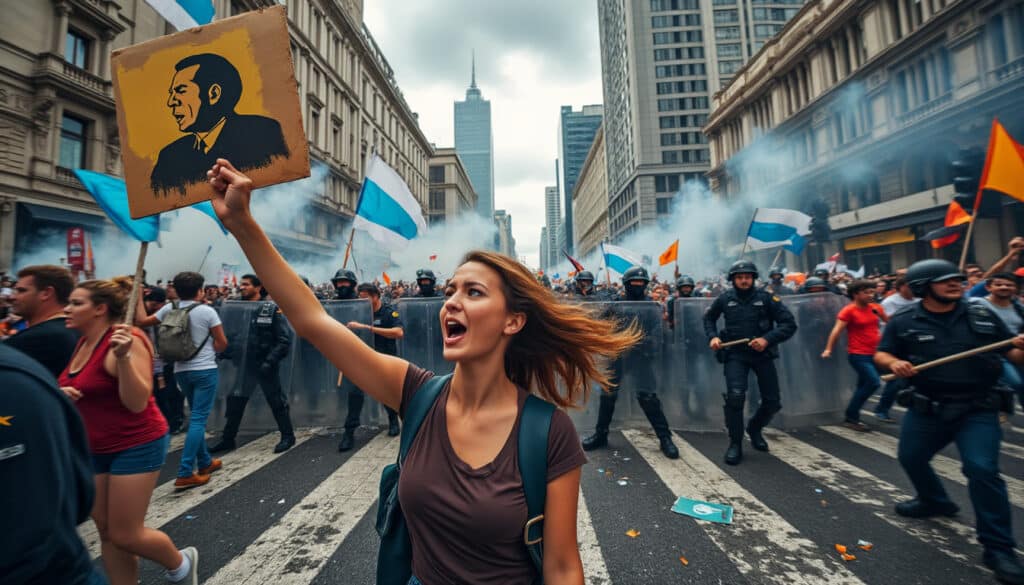
Protests and social unrest in Buenos Aires
In recent years, Buenos Aires has transformed into a hub of continuous protests and social unrest, reflecting Argentina’s complex political landscape. The capital city frequently witnesses tens of thousands of citizens taking to the streets, voicing concerns over issues ranging…
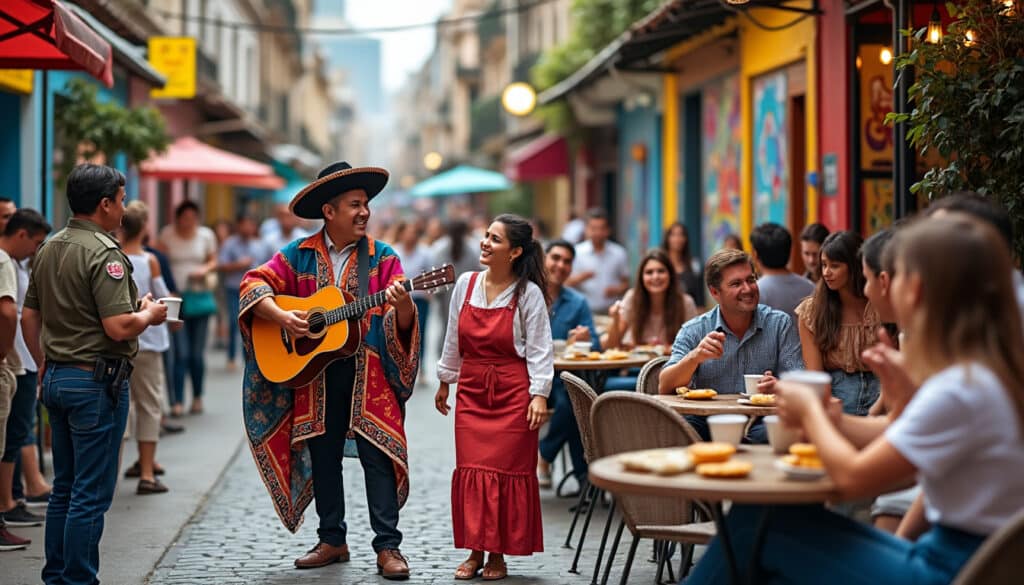
Safety in Buenos Aires for travelers from different countries
Exploring Buenos Aires is an experience like no other. As the vibrant capital of Argentina, this city is a melting pot of rich culture, stunning architecture, and bustling street life. Yet, for those planning their visit, safety is always a…

